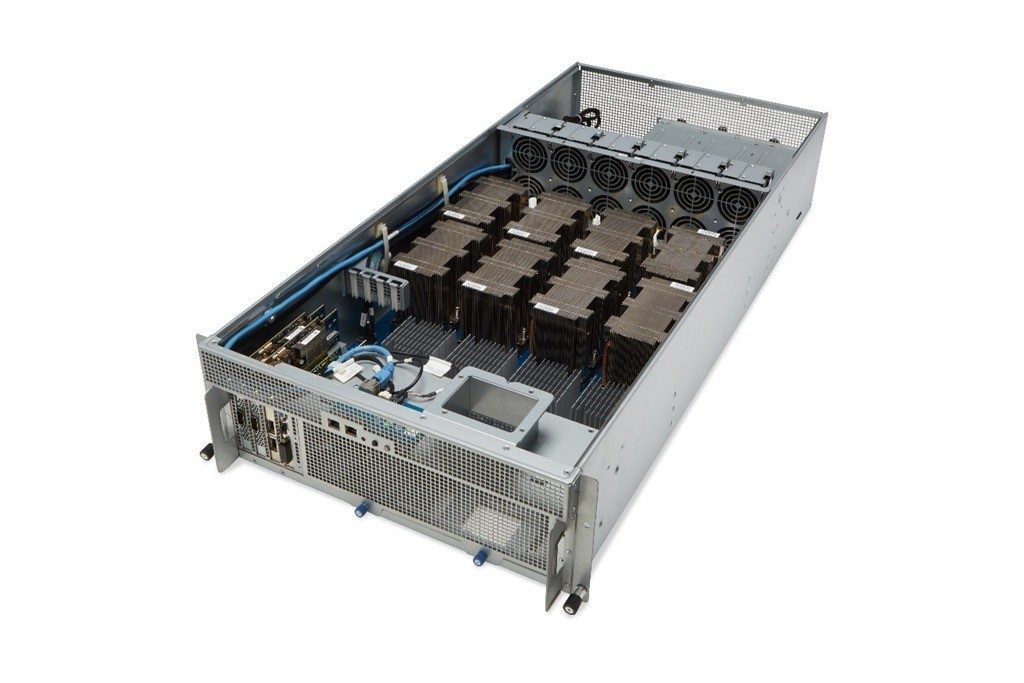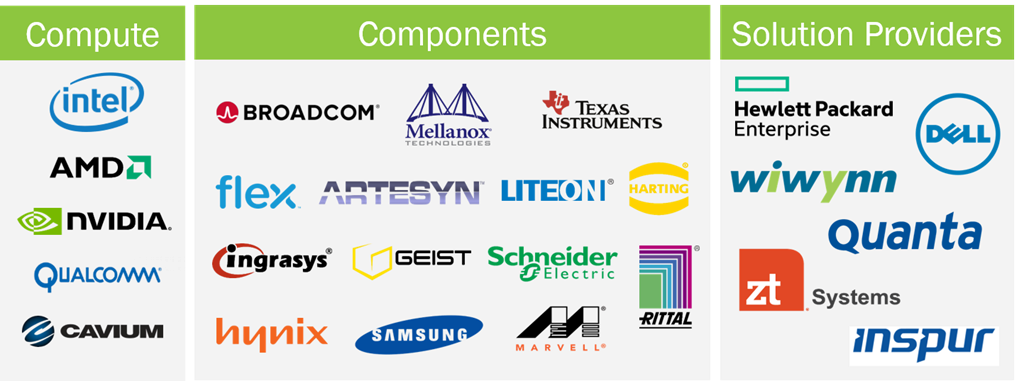We’ve talked before in this blog about Microsoft Project Olympus and the Open Compute Project (OCP): “Microsoft, the Open Source Cloud Hardware and Why is it Important to You”. This time, Microsoft is expanding the Olympus ideal by adding NVIDIA support with their GPU capabilities into their Open Source Hardware.
As we reviewed earlier, Project Olympus is Microsoft hyperscale cloud hardware design and a new model for open source hardware development with the Open Compute Project (OCP) community (Facebook initiative in 2011 aimed to share datacenter products). The idea behind is to provide the IT community the possibility to participate and contribute in the hardware designs that might be a standard in all datacenters in a few years.
One of the key aspects of Microsoft and OCP is represented by the fact that current hardware designs available are just completed by 50%, with the objective of allowing the community to complete these and make as many as variations as needed.
This particular scenario for Project Olympus with NVDIA will be focused on AI (Artificial Intelligence capabilities), this new hyperscale GPU accelerator chassis for AI is called HGX-1.
Microsoft stated about HGX-1: “Designed to support eight of the latest “Pascal” generation NVIDIA GPUs and NVIDIA’s NVLink high speed multi-GPU interconnect technology, and provides high bandwidth interconnectivity for up to 32 GPUs by connecting four HGX-1 together”.
And the Redmond company added the importance of this announcement in today’s machine learning capabilities in the market: “The HGX-1 AI accelerator provides extreme performance scalability to meet the demanding requirements of fast growing machine learning workloads, and its unique design allows it to be easily adopted into existing datacenters around the world”.
Here’s a summary of Olympus project participants:
Additionally, for other servers with a more traditional approach, Microsoft referred with a few more updates:
- They keep working with Intel and the new Xeon processors (aka Skylake), as subsequent updates could include accelerators via Intel FPGA or Intel Nervana solutions.
- Will include AMD processors support with next generation “Naples” CPUs.
- And a “long-term partnership” with Qualcomm, Cavium, and others to advance the ARM64 cloud servers compatible with Project Olympus.
To this date, besides Facebook and Microsoft, some of the biggest names in the market are part of the OCP, like the following: Intel, Dell EMC, Nokia, Google, Apple, Seagate Technology, Rackspace, Ericsson, Cisco, Juniper Networks, Goldman Sachs, Fidelity, Lenovo and Bank of America.
Amazon still does not participate in OCP.





